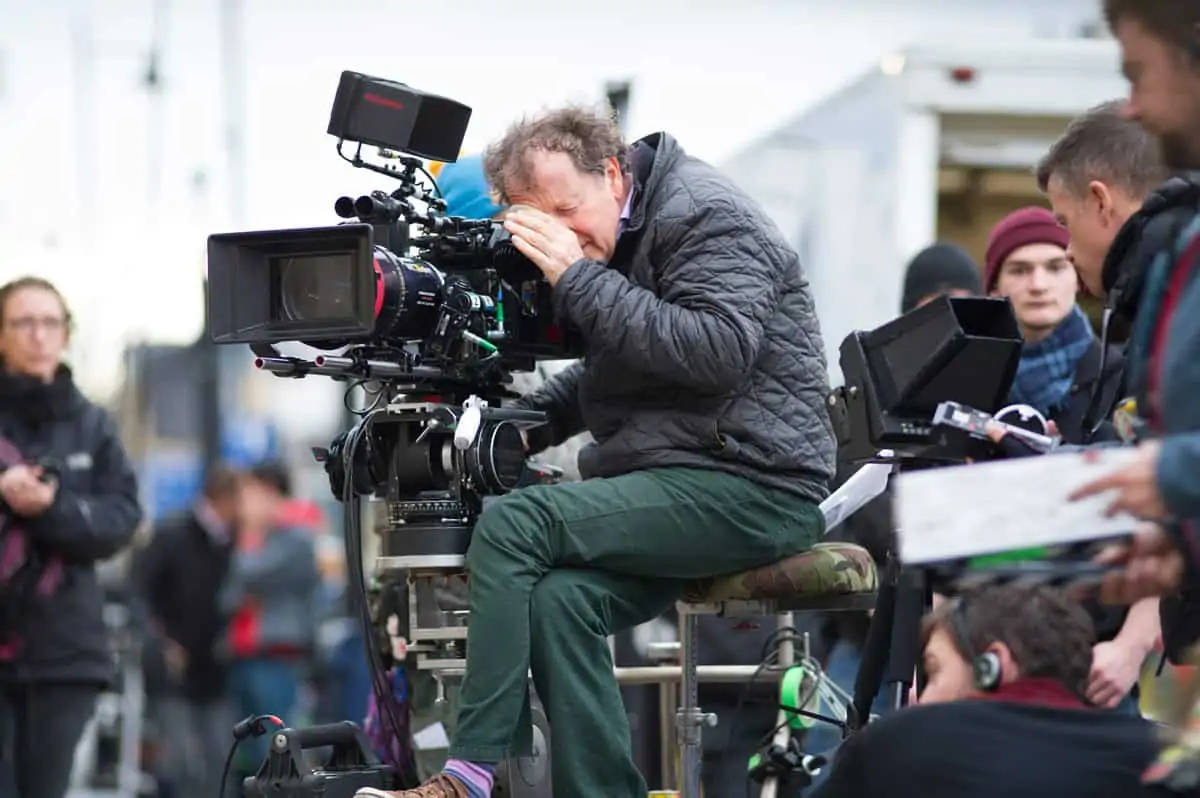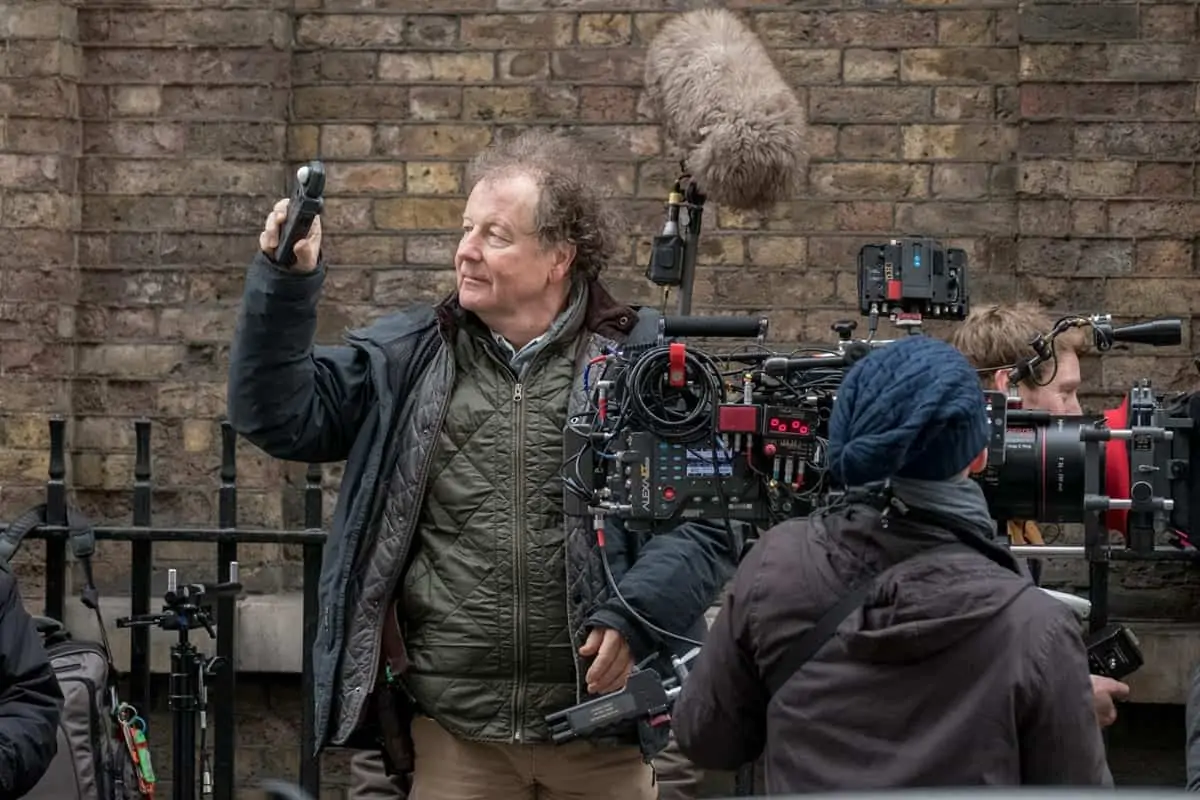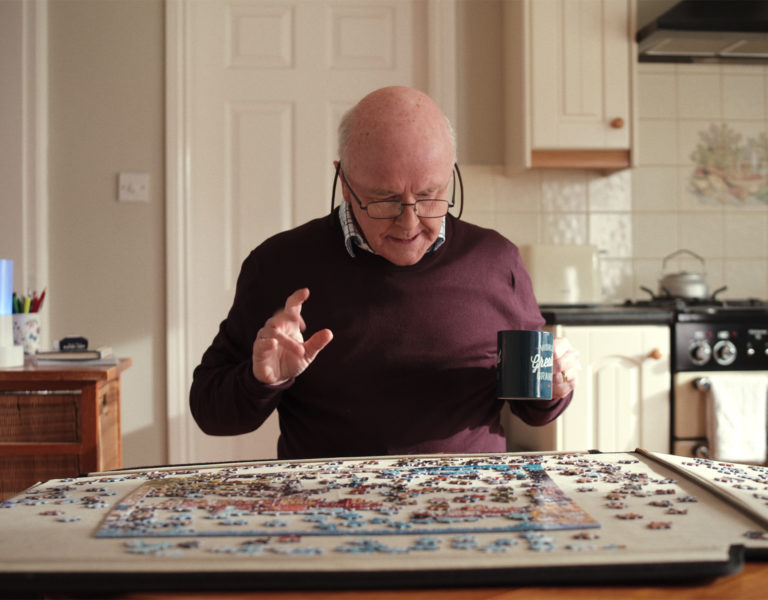A NEW ERA OF ELEGANCE
There’s a clear line between Gosford Park, Downton Abbey: A New Era, and their cinematographer but the comparison between Highclere Castle (aka Downton) and the Star Trek Enterprise is a little harder to discern until you talk to Andrew Dunn BSC.
“Both are populated by a tight-knit community of people who go off into forays but always return to the enclosed safe area of the spaceship or the Abbey,” says Dunn. “Other film and TV shows do this in creating a certain comfort for the audience, but Downton is really quite immersive. You get strangely immersed in it, drawn into this bubble.”
Dunn was unfamiliar with the series but entirely at home in the milieu. He shot Gosford Park, directed by Robert Altman and written by Julian Fellowes, who won the Oscar for it in 2001. That was a direct antecedent of the Downton Abbey TV series which Fellowes created for Carnival Films and first aired on ITV in 2010.
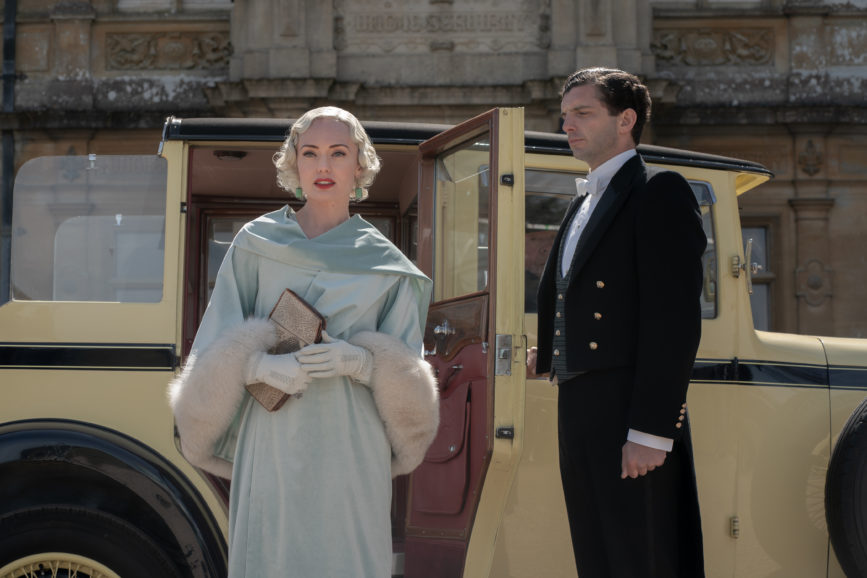
According to Dunn, Fellowes and Carnival producer Gareth Neame were keen to repeat the success but not necessarily the formula of the first feature for New Era. The title itself refers to the timeline of the central Crawley family moving into the 1930s.
“They wanted to bring in people behind the camera who had not been associated with the TV series or feature, to give it a fresh look, at the same time as making sure we protect the brand and its history.”
Dunn hadn’t watched a single episode of Downton but unlike some creatives who prefer to base their interpretation purely off the script, he sat down and watched the first feature and then all 52 hours – and then the feature again.
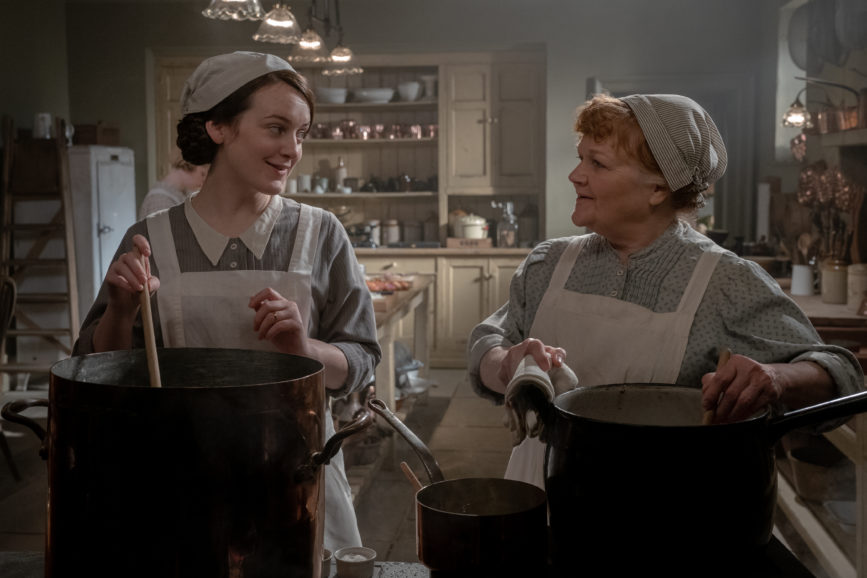
“I knew most of the actors but when you’re on set with 20+ principals I wanted to know the characters. I also wanted to get a feel for the series’ journey and character development.”
He explains, “Robert Altman would phone a friend and invite them to come and see a movie with him. If you said you’d already seen that particular movie, he’d say ‘how can you say that? We listen to a piece of music a thousand times and each time will be different because our perceptions and mood changes.’
“He’s right. An audience’s experience of a story will change no matter how many times they are told it. Children love having the same story read to them over and over but each time their imagination is gripping them in different ways. So, with Downton, the audience has grown up with certain expectations and one of those is being prepared for a twist. That essentially, was our job.”
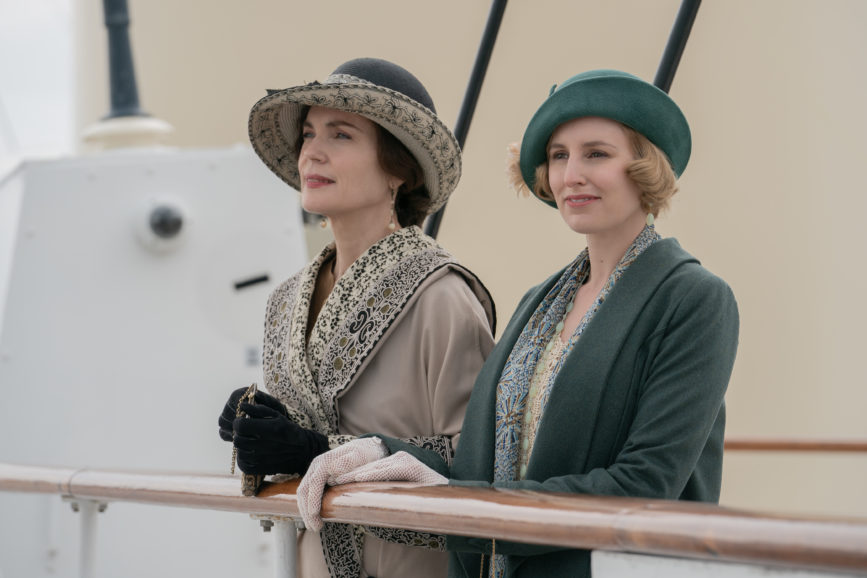
Dunn also knew and admired director Simon Curtis, having shot a TV adaptation of Tennessee Williams’ play Suddenly Last Summer starring Maggie Smith in 1993 which Curtis produced.
“I love filming actors and I love character driven stories, so to my mind the camera also becomes a character in the story. We are not passive observers; the camera is subjective.”
And there are a lot of actors to observe. Joining the original principal cast (including Hugh Bonneville, Elizabeth McGovern, Michelle Dockery, Laura Carmichael, Jim Carter and Phyllis Logan) are new additions Hugh Dancy, Laura Haddock, Nathalie Baye and Dominic West.

The series and first feature were shot digitally and there wasn’t much discussion about deviating from that. Dunn, though, was keen to introduce anamorphic and move away from the show’s spherical tradition.
“Digital in its natural state wants to flatten the image so one of my ideas was to shoot anamorphic widescreen to give it texture and another dimension.”
With 1st AC Sacha Jones, he tested a plethora of older anamorphic lenses with filters, nets, and stockings under the guidance of Charlie Todman at Panavision London, alighting on C-series with E-series primes supplemented by with longer telephoto spherical lenses.
“Those older anamorphic lenses complement digital in a way that creates another dimension to the image,” he says. “I generally think that when you shoot widescreen spherical the effect is to invite the audience to look through a letterbox of a house but they’re not being invited inside. With anamorphic, you’re looking through a letterbox and then you’re being invited into this world. For me this created an extra depth tied in with some nets on the back and occasional filters on the front.”
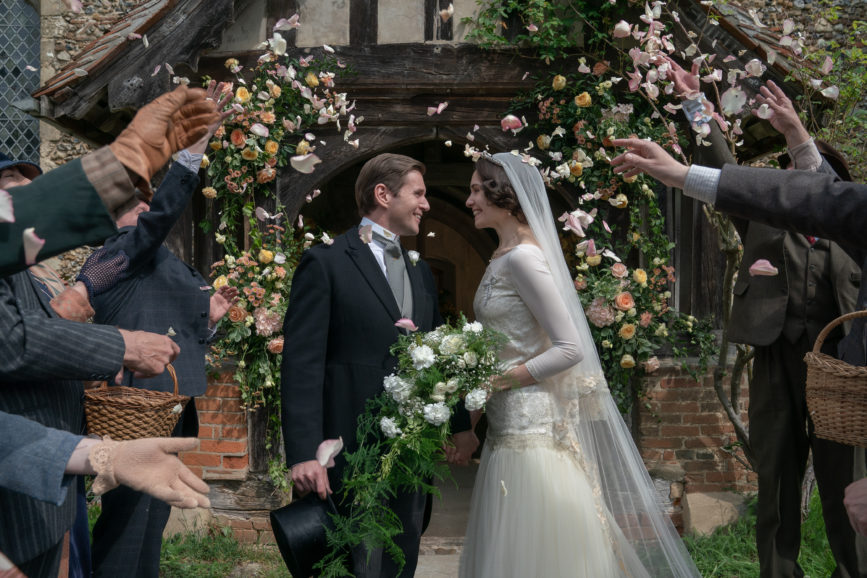
The camera as a character
Having found the first version of the Venice wanting a few years ago, Dunn found Sony’s tweaks to have worked in favour of the camera. He selected it, having used it successfully to shoot forthcoming feature Text For You starring Priyanka Chopra Jonas.
“Some digital cameras almost defy you to use them – it’s like having a bad paint brush designed by someone who doesn’t understand painting. Other digital cameras have now come of age and the Venice is one of them.”
With most scenes set up for two cameras, Dunn operated one Venice, with Simon Baker operating the other. “The camera has to be a character in the story on a film set,” Dunn says. “I’m a natural observer in life and I try and use the camera as a tool to observe the actors, so that they feel comfortable with it and the camera almost becomes one of them.”
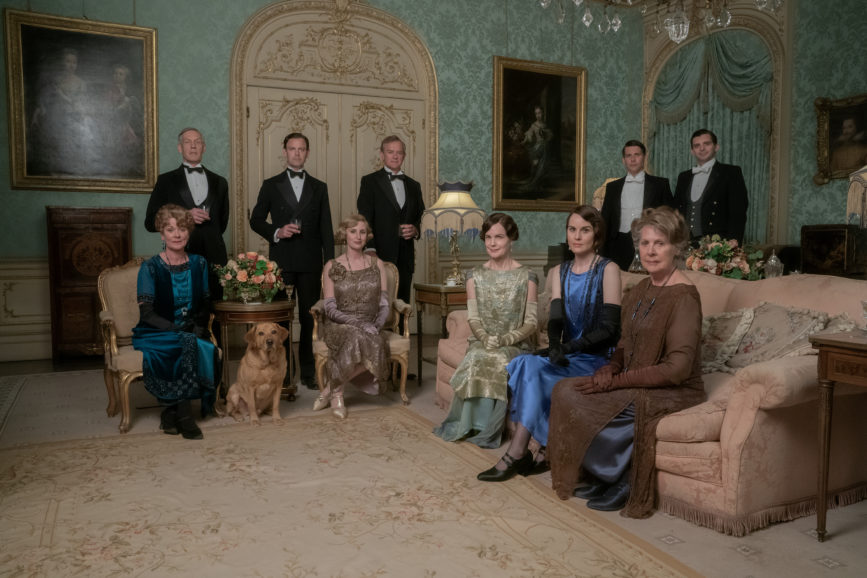
The grand dinner scenes in New Era are among the trickiest for the actors given the amount of redressing of food and cutlery required between takes.
“No matter how wonderful they are it is always difficult trying to remember the continuity of gestures when you’re doing repeat takes,” Dunn observes.
He employed a number of drone shots for exteriors, a signature move of the show which conveys the luxury and scale of property like Highclere Castle in the context of the glorious surrounding landscape.
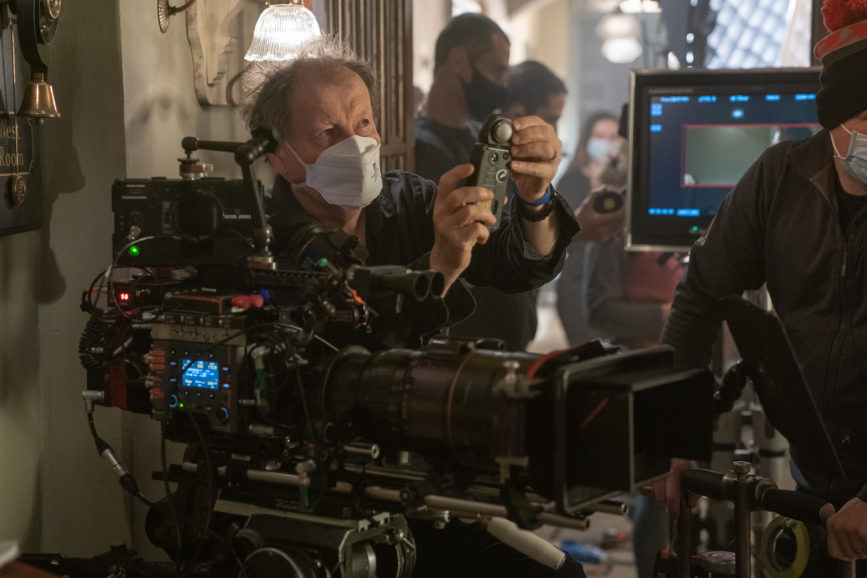
“It’s like the use of establishing shots of the Starship Enterprise,” he says, “You’re seeing this capsule, or this grand house, in the wider countryside and the effect on the audience is comforting and also of intrigue. You want to know what is going on inside.”
Elevated views from a drone were also made on location in the South of France as the story follows the characters to a lavish villa inherited by Maggie Smith’s Dowager Countess.
Principal photography took place in summer 2021 with a “plan Z” in place should filming be derailed by COVID. Dunn says they’d scouted locations in the UK including Kent and Scotland and never physically scouted the south of France.
“We had a location manager walking round the locations (East of Toulon between Saint-Tropez and Marseille) with a phone camera and that was the recce until myself and gaffer John Clarke could get there when restrictions permitted.”
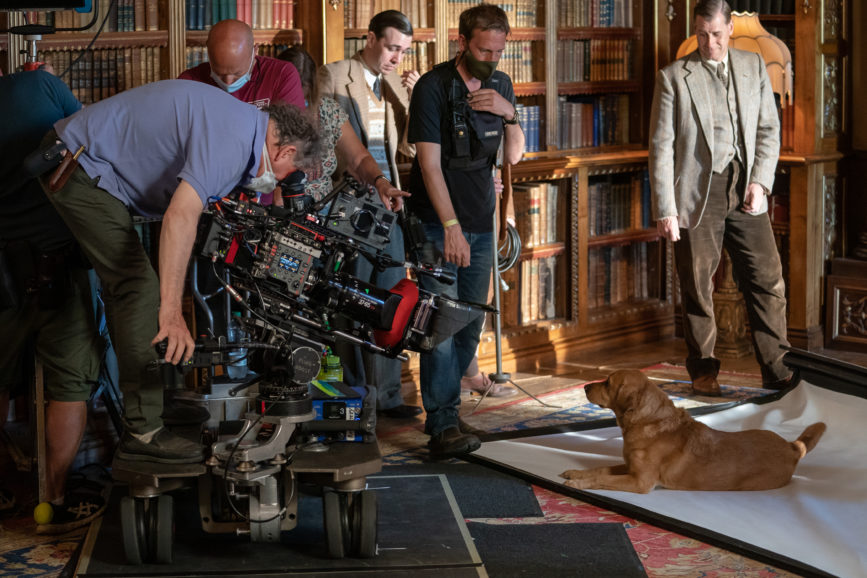
The production also worked with a local crew for the French filming about whom Dunn has nothing but praise. “We took very little lighting kit with us but our French gaffer Laurent Héritier and electric team were terrific and used to controlling the harsh overhead sunlight.”
Interiors including the downstairs of Downton Abbey, bedrooms, and some corridors as well as the Carsons’ old cottage were shot at Ealing studios. Other scenes were shot at Wrest Park – Orangery near Luton.
“Shooting in the summertime certainly helped keep the landscape looking verdant, the greens are quite green, the skies gorgeously blue and the house looks inviting – even the subterranean scenes. In France the locations are meant to look picture postcard.
“That kind of goes against the grain of the history of the period where in the 1930s there were signs of working-class unrest such as the Jarrow March. In Gosford Park we lit scenes to look darker, although that film is a murder mystery. But the sunlit nature of Downton Abbey is part of the show’s appeal.”
Another anomaly: “Everybody smoked back then,” he observes, “and in this film nobody does.”

Responding to the scene
Dunn worked with Gareth Spensley, colourist at Company 3, on the grade with DIT Matt Hicks helping curate the colour from set to suite.
“I’m not a great believer in LUTs. I’d rather respond to the scene as we shoot it,” Dunn says. “We started off with a basic LUT as way to show dailies to the studio (Universal), but I don’t abide by them. Making a film you start off with a foundation but always be prepared to iterate organically.”
In that effort, he singles out his key collaborators including Spensley, Clarke, and Hicks.
“What’s great about Gareth is that he understands what I am trying to do and can then push it even further towards that vision. Likewise [gaffer] John understands the context of my direction on set and pushes it to another level.
“I’d not worked with Matt before, but I love finding people like that who want to learn and collaborate with you and for whom it’s not just another job.”
For the most part they used LEDs for reasons of environmental sustainability as much as for the granular control enabled by an iPad rather than having to physically apply gels.

“Most of the interiors were shot with LED and tungsten. The look of a tungsten with a fresnel lens has a certain texture and look about it more in keeping with the period. Audiences won’t necessarily understand why but they’ll feel something. A lot of old movies were lit with tungsten and fresnel lenses which convey a certain texture and quality.
“At Highclere they also deployed conventional HMIs to better control daylight coming in through windows. There is no equivalent yet of the maxi HMIs in LED. That will come but in the meantime we had to use a combination of big HMIs through windows, and an occasional balloon lights as fill lights in the main hall which we could adjust the intensity of the colour of very efficiently.
“The other great thing about LED lights of course is that they are cool, quiet, and comfortable so you don’t have a big hot light next to you or the actors.”
With characteristic generosity of spirit and with the experience of working on numerous TV drama and well over sixty prestigious features from The Bodyguard to The Madness of King George and The Perks of Being a Wallflower, Dunn appears to have relished his time with Downton.
“When you create a cohesive collaborative family on a film set, I believe that does comes through on screen. Of course, there are tensions and difficulties like there are in any family, but this was a tight knit group.
“To me, filmmaking is wholly collaborative, and I want everyone to be involved in the creation so that hopefully, when they see this movie in a few years’ time, every person can see their work and say that they came up with that idea.”

